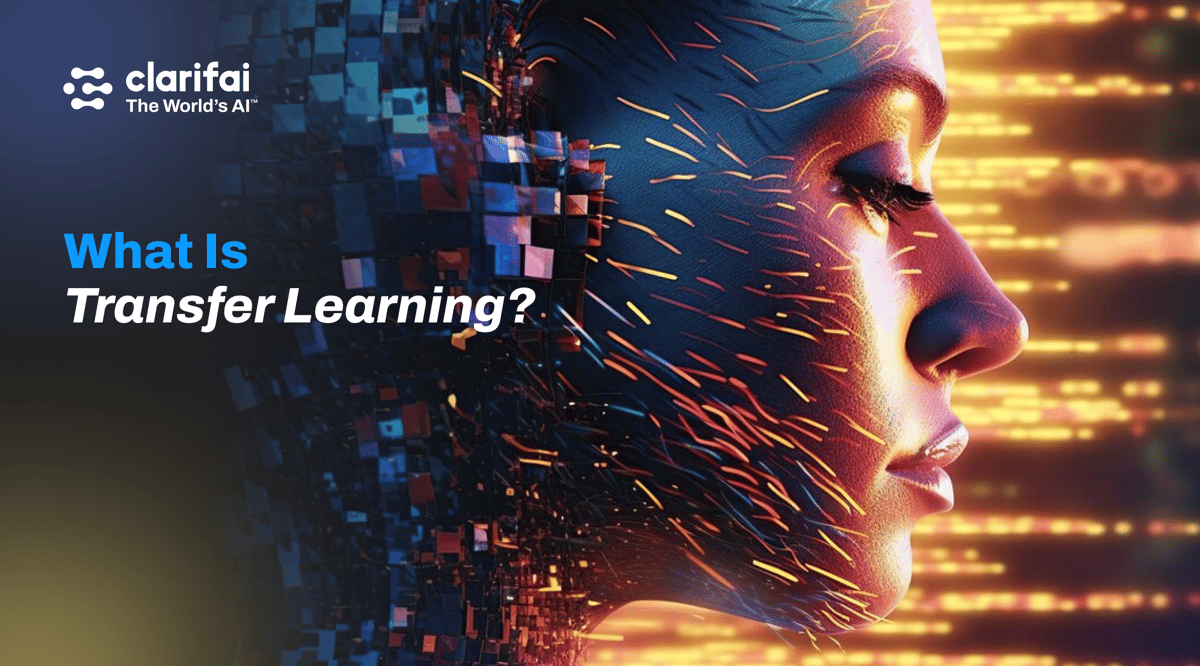
Transfer learning has been influencing the AI and ML (machine learning) landscape for decades.
Unlike deep training from scratch, which heavily relies on precise data sets, transfer learning has upended the learning process for novel tasks by allowing AI systems to build upon existing knowledge.
AI models with transfer learning can leverage previously learned concepts, significantly reducing the learning curve. This adaptability proves invaluable for tasks with limited or specialized data, unlocking once-unattainable solutions.
The worlds of artificial intelligence and machine learning are always evolving. Long before ChatGPT broke into the public consciousness, transfer learning was emerging as a new and powerful approach.
Transfer learning has introduced a new paradigm, allowing AI systems to build upon pre-existing knowledge, thereby streamlining the learning process for novel tasks.
Over decades, transfer learning has redefined how machines learn and apply knowledge. While longer-standing machine learning training methods have been instrumental in AI's evolution, it relies heavily on precision and familiarity with data sets. Transfer learning has introduced a new paradigm, allowing AI systems to build upon pre-existing knowledge, thereby streamlining the learning process for novel tasks. The key unlock Efficiency.
Instead of starting from scratch each time, AI models equipped with transfer learning capabilities can tap into previously learned concepts, dramatically reducing the learning curve. This adaptability is particularly advantageous in scenarios with limited or specialized data, offering solutions previously deemed unattainable.
Transfer learning is highly versatile. It can be applied across a spectrum of domains, from image recognition to natural language processing. Its applications span industries, expanding the use cases that can be augmented with AI.
All of this said, challenges come with any innovative methodology – and transfer learning is no different. For example, with enough of a discrepancy between the source and target tasks (a discrepancy known as the "domain gap") transfer learning can face hurdles. In addition, transfer learning can inadvertently transfer biases from one domain to another, necessitating vigilant oversight to ensure ethical AI practices.
Imagine you have a deep‑learning model trained to recognize thousands of everyday objects in photos. A wildlife researcher now wants to identify bird species in images but lacks enough labeled bird photos to train a robust model from scratch. With transfer learning, the researcher takes the pre‑trained object‑recognition model, freezes the early layers that detect general visual patterns (edges, shapes, textures) and retrains only the last layer on a small dataset of bird images. The model does not relearn “what an edge is” but focuses on distinguishing between sparrows, hawks and owls. Transfer learning thus offers a head start and makes the most of limited data.
Valuable Stats & Data – McKinsey’s 2024 State of AI report found that 65 % of business respondents use generative AI regularly, nearly doubling from the previous year. This rapid adoption reflects the hunger for models that can be adapted quickly via transfer learning. The Stanford AI Index 2025 notes that AI investment reached $109.1 billion in 2024, with generative AI accounting for $33.9 billion and 78 % of organizations reporting AI use (up from 55 % in 2023). Such growth underscores industry reliance on reusable pre‑trained models.
Expert Commentary – Analysts at Gartner and McKinsey emphasize that transfer learning accelerates AI deployment and democratizes advanced models. As McKinsey notes, organizations using AI in at least one business function increased to 72 %, in part because transfer learning reduces the barrier to entry. Researchers also caution that ethical considerations must accompany rapid adoption: a Pew Research survey in April 2025 reported that 55 % of experts and citizens are highly concerned about bias in AI decisions
Transfer learning reuses knowledge from a pre‑trained model to accelerate learning on a new task. It emerged to mitigate the costs of training large models from scratch and allows practitioners to adapt general models to specific applications with less data and compute. The approach is widely adopted because it offers high performance at significantly lower cost
Machine learning, a subset of artificial intelligence, has been evolving since the sixties. Each leap forward has been aimed at enhancing the efficiency, accuracy, and applicability of ML algorithms. From simple linear regressions to neural networks, each breakthrough has improved how machines think, learn, and act autonomously.
With transfer learning, instead of algorithms commencing their learning process anew each time, they now use pre-existing knowledge to fast-track their learning in a new domain.
The concept of machines taking knowledge from one domain and applying it to a different domain is the foundation of transfer learning. With transfer learning, instead of algorithms commencing their learning process anew each time, they now use pre-existing knowledge to fast-track their learning in a new domain.
This adaptability in algorithms has expanded machine learning applications and surpassed the limitations of models that are trained from scratch. By employing previously acquired knowledge for new tasks, transfer learning allows machine learning to have a positive impact even in domains where data might be sparse or of varying quality.
Transfer learning has emerged as a powerful tool in part because of some drawbacks with deep learning models more broadly. Deep learning models are excellent at identifying patterns in massive datasets. However, they face challenges.
One such challenge is their reliance on vast datasets for optimal function. In niche fields with limited data, this becomes an issue. Additionally, the resources and time to train these models can be daunting. This has led to an undue emphasis on data collection, often sidelining innovative model design, especially for smaller enterprises and researchers.
Transfer learning bypasses the need for extensive datasets and prolonged training periods that is typical with deep learning models.
Transfer learning offers a solution to this challenge by utilizing knowledge from pre-trained models. It bypasses the need for extensive datasets and prolonged training periods that is typical with deep learning models. Instead, models can learn from other models, without needing to start from the ground up.
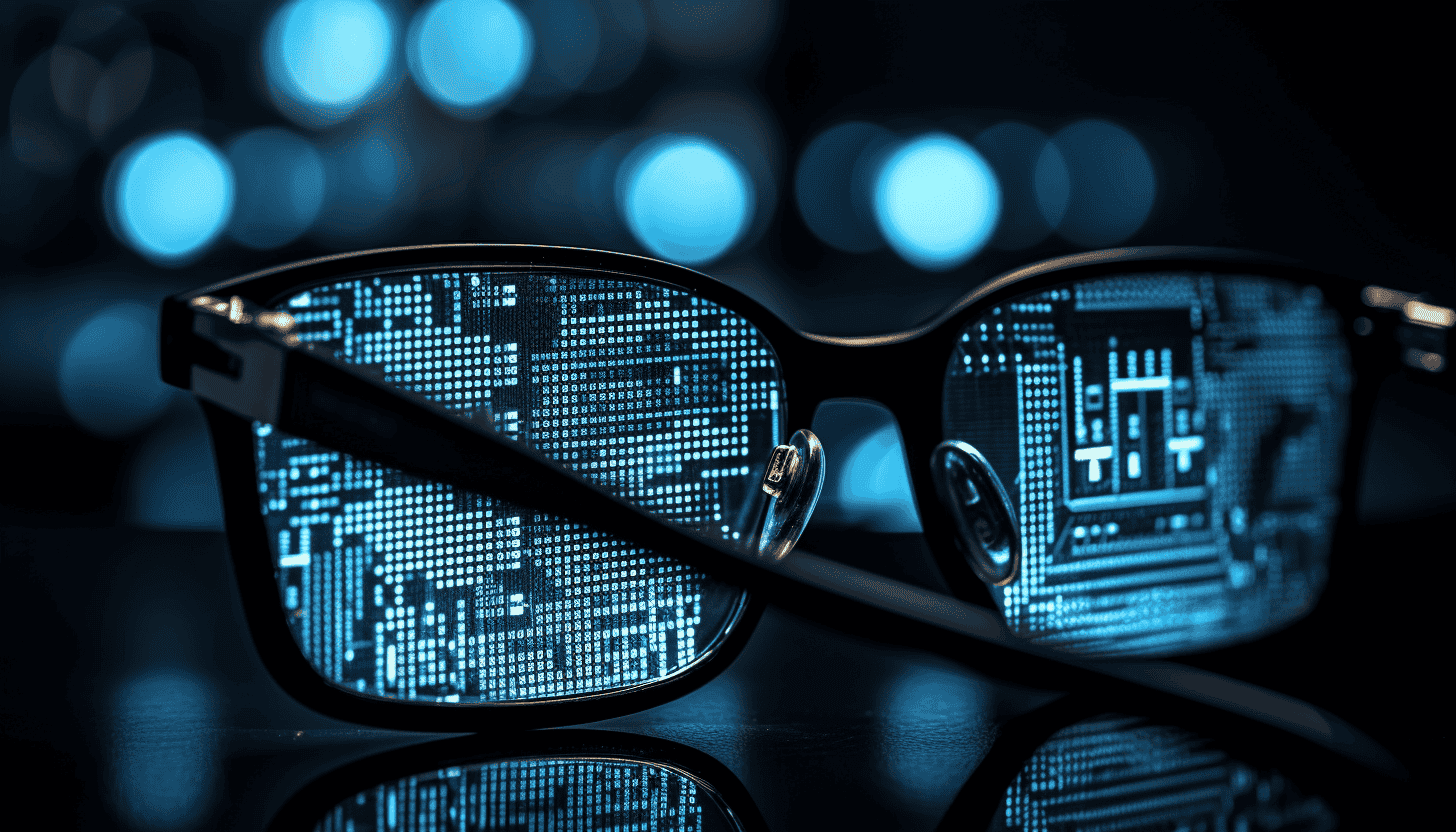
Transfer learning matured alongside the explosion of available data and the computational cost of training large models. As deep networks grew from millions to billions of parameters, the energy and time required to train them became significant. The Stanford AI Index report notes that inference costs declined more than 280‑fold between Nov 2022 and Oct 2024, while hardware costs drop roughly 30 % annually and energy efficiency improves by 40 % per year. Yet training a model from scratch still demands resources, motivating the reuse of pre‑trained models.
Two key principles make transfer learning effective:
Feature generalization – Early layers of deep neural networks learn generic patterns (e.g., edges, textures in images or grammatical structures in text). These features are transferable across tasks.
Task similarity—The source and target tasks should share some underlying structure. When the “domain gap” is small (e.g., both tasks involve natural images), transfer learning yields high gains. When the gap is large (e.g., from marine images to astronomical images), only general features transfer and performance suffers.
Valuable Stats & Data – By 2023, the number of FDA‑approved AI‑enabled medical devices had grown from 6 in 2015 to 223, reflecting how pre‑trained models accelerate innovation in regulated industries. The Stanford report also indicates that generative AI attracted $33.9 billion in investment in 2024, highlighting the commercial importance of transfer learning.
Expert Commentary – MIT researchers emphasize that the efficiency of reinforcement‑learning algorithms can improve 5–50×, showing that algorithmic advances complement transfer learning to reduce training time. Industry analysts predict that within the next three years, most new AI applications will be built on foundation models fine‑tuned for specific use cases.
Transfer learning evolved alongside the growth of deep learning. Milestones like AlexNet and BERT demonstrated the value of large, pre‑trained models. As training costs and data demands escalated, organizations turned to transfer learning to reuse features and adapt models quickly. Today, foundation models provide a general substrate that can be fine‑tuned for specialized task
Machine learning models that are trained from scratch are the stalwarts of AI and have had a positive impact in industries from healthcare to finance. However, as with any innovation, there are limitations as well as strengths.
For decades, deep training from scratch has driven the field of AI forward. These models can be thought of as seasoned chess players, mastering moves and strategies over countless games.
Their strength? Precision and reliability when dealing with familiar scenarios. Their Achilles' heel? Adaptability.
Despite their obvious power, deep trained models require painstaking training for specific tasks. For instance, a model trained to identify images of cats with uncanny precision will do great at this task – but will falter dramatically when asked to differentiate between various bird species.
This is not just a minor hiccup. It symbolizes a more significant problem: the constant need to start from square one when a new task emerges.
Such a methodology is not just inefficient; it’s resource-intensive. It demands vast amounts of data, substantial computational power, and, most crucially, time. It's akin to a master pianist having to relearn the basics of music theory when attempting a new instrument. While the underlying principles might be similar, the application is starkly different.
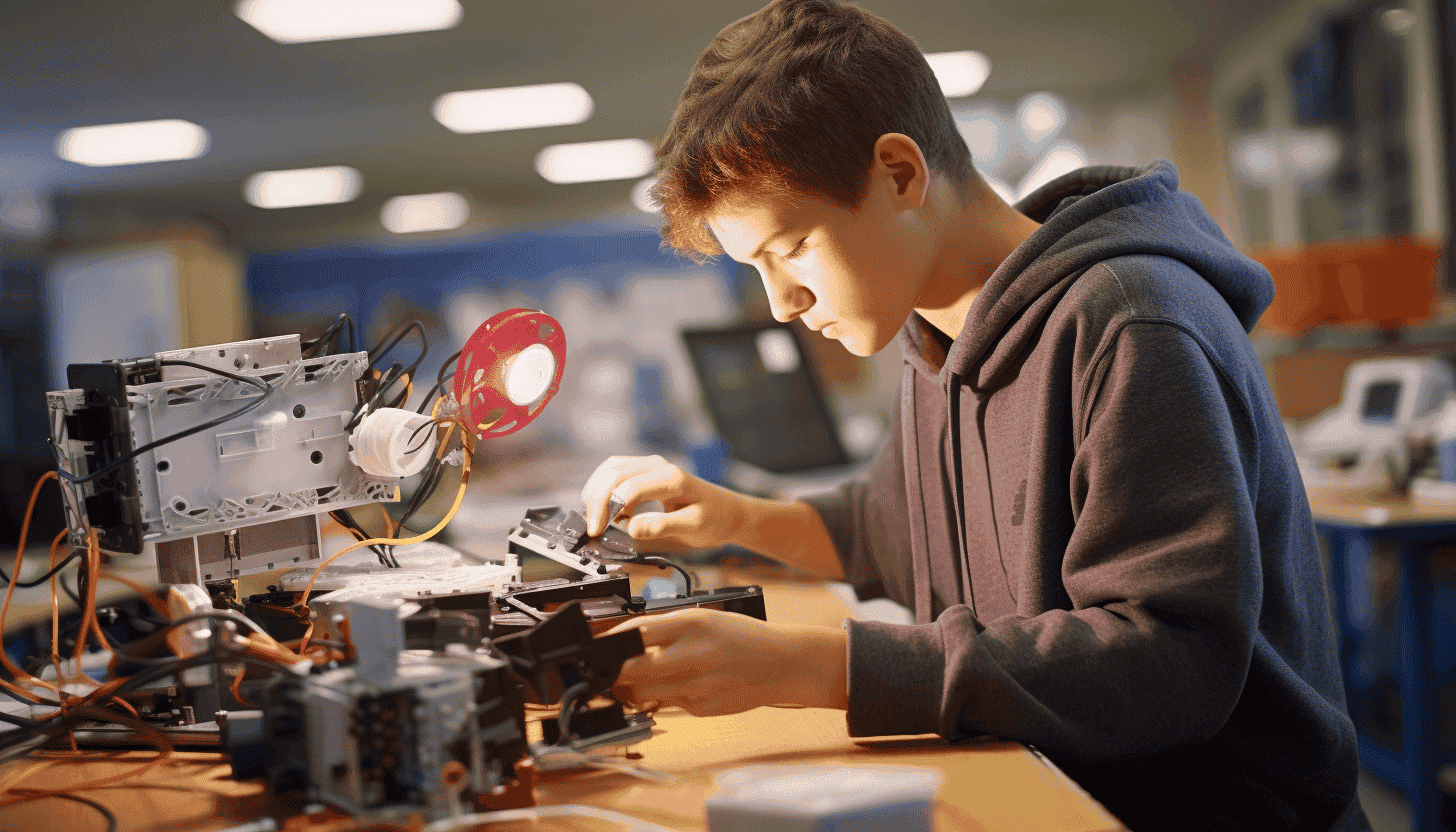
This table highlights why transfer learning is attractive: it lowers costs, reduces time to market and requires less data. However, it’s not always better; models trained from scratch may be necessary when the target task is entirely novel or when highly specialized performance is required.
To decide between training from scratch and transfer learning, consider the following checklist:
Data Availability – Do you have a large, high‑quality labeled dataset? If yes, training from scratch may yield the highest performance. If data are limited, transfer learning is more practical.
Task Similarity – Is there a pre‑trained model in a related domain? If the tasks share features, transfer learning should work well.
Compute Resources – Can your organization afford the compute and energy costs of training a large model? Transfer learning often requires just a fraction of the resources.
Time Constraints – Is speed to deployment critical? Transfer learning shortens development timelines from months to weeks.
Regulatory Environment – Does your application require interpretability or evidence of fairness? A custom model may offer more transparency in some cases.
Valuable Stats & Data – The Pew Research study reporting that 55 % of AI experts are concerned about bias reminds us that when reusing models, we inherit underlying data biases. Organizations must weigh time and cost savings against ethical considerations.
Expert Commentary – According to McKinsey, organizations using AI in multiple business functions increased to 72 % by early 2024. Analysts attribute part of this growth to the accessibility of transfer learning, which allows departments beyond IT to experiment with AI without building models from scratch.
Training AI models from scratch offers maximum control and potentially higher performance but demands vast data, time and money. Transfer learning repurposes existing models to achieve near‑custom performance with far less data and faster deployment. The choice depends on data availability, task similarity, resource constraints and ethical considerations.
Let’s look at two different types of transfer learning: fine-tuning and domain adaptation. Both fine-tuning and domain adaptation are strategies used in transfer learning, but they have different focuses and applications.
Fine-tuning is a process where a pre-trained model is further “tuned” with a very small learning rate on a smaller, usually domain-specific, dataset.
Fine-tuning is a process where a pre-trained model is further “tuned” with a very small learning rate on a smaller, usually domain-specific, dataset. This is especially common in the context of deep learning where models trained on large datasets are adapted to perform tasks in a specific domain.
In fine-tuning, you have the flexibility to decide which portions of the model you want to train and how you want to train them. Typically, it involves adjusting the weights of the pre-trained model with a smaller learning rate, but the strategy can vary depending on the task, amount of labeled data available, and desired level of adaptation. The objective is to make the pre-trained model perform well on a related but different task by leveraging the knowledge it gained during its initial training.
When fine-tuning, you can choose to fine-tune all the weights of the model; a smaller learning rate is often used to avoid catastrophic forgetting, which is an undesired result where the model forgets previously learned valuable features.
Alternatively, you might choose to only train the last few layers of the model and keep the earlier layers frozen. This is often done when the initial layers capture more generic features that are broadly applicable, while the later layers capture more task-specific features.
Another common strategy is to replace the head (final layers) of the model with new layers suitable for the new task and train only those new layers. The earlier layers can be frozen to retain the learned features from the pre-trained model.
Domain adaptation focuses on adapting a model trained on a source domain to perform well on a different, but related, target domain, often when there is a distribution shift between the source and target domains.
Example: A model trained on ImageNet can be fine‑tuned to detect rare diseases in medical scans. The early layers capture generic visual patterns, while the last layer is replaced with a small classifier. Research shows that chest‑X‑ray models using transfer learning with MobileNet and InceptionV3 achieve higher diagnostic accuracy with limited labeled data
Domain adaptation focuses on adapting a model trained on a source domain to perform well on a different, but related, target domain, often when there is a distribution shift between the source and target domains. Domain adaptation is useful when labeled data are scarce or unavailable in the target domain but abundant in the source domain. The objective is to enable the model to generalize well to the new domain despite differences in data distribution between the source and target domains.
Fine-tuning focuses primarily on tuning the model parameters to learn a new task, whereas domain adaptation adapts the model to a new domain where the data distribution might be different. One key difference is that fine-tuning requires labeled data from the new task for re-training, whereas domain adaptation is useful when labeled data are scarce or unavailable in the target domain.
Let’s consider an example to make this less abstract. Consider a model trained to recognize vehicles (source domain), and you want to use it to recognize taxis (target domain).
You might fine-tune the pre-trained vehicle recognition model on a new dataset consisting specifically of taxis, where the taxi images are labeled. Here, you adjust the model parameters and train the model to learn the specific features and characteristics of taxis, which might be distinct from other vehicles.
Suppose the taxis (target domain) are often captured under varied conditions, lighting, or perspectives compared to the original diverse vehicle dataset (source domain). In this scenario, you would apply domain adaptation techniques. For instance, if the original model is trained predominantly on images of vehicles during the day, and you want it to recognize taxis that are frequently photographed at night, there might be scarce labeled nighttime taxi data available. Through domain adaptation, you attempt to mitigate the distribution shift between day and nighttime conditions, enabling the model to recognize taxis accurately under different, potentially unseen conditions, without extensive labeled data in the target domain.
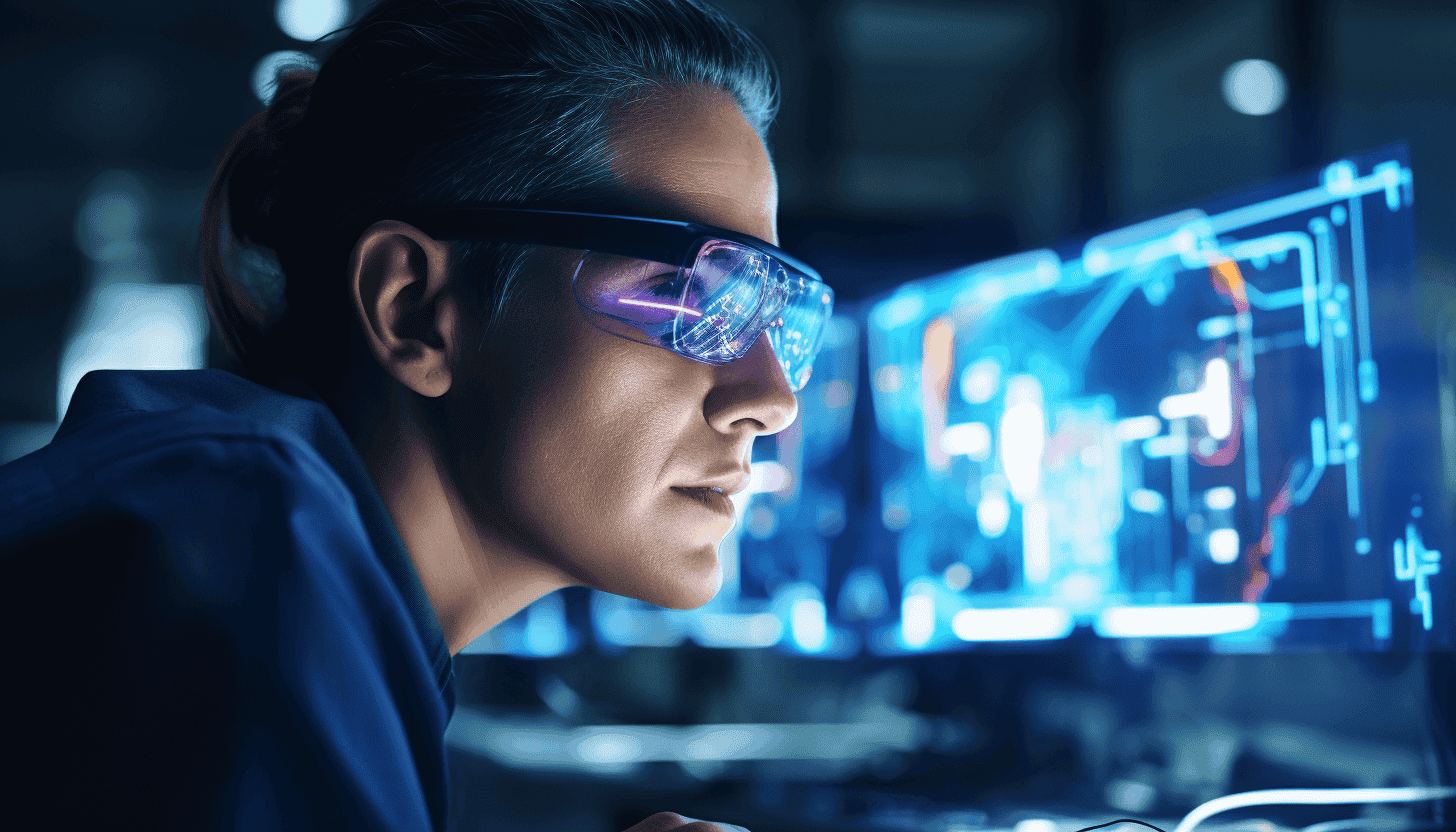
Assess Domain Similarity – Compute simple metrics (e.g., FID scores in vision tasks) to estimate how close the source and target data distributions are.
Select a Pre‑trained Model – Choose models with architecture and feature representations relevant to your task (e.g., convolutional networks for images, transformers for text).
Decide Between Fine‑tuning and Domain Adaptation – Fine‑tune when labeled target data are available; choose domain adaptation when labels are scarce but unlabeled data exist.
Mitigate Bias – Inspect the source dataset for potential biases (gender, ethnicity, geography). Consider fairness metrics and augment the target dataset if necessary.
Evaluate and Iterate – Continuously test the adapted model on independent data to ensure that it generalizes and does not degrade on previously learned tasks.
Valuable Stats & Data – The chest‑X‑ray study cited above reports that transfer learning improved diagnostic accuracy and reduced error rates across multiple architectures. In finance, a 2024 study on cross‑market stock prediction found that the 2CAT model—a transfer‑learning method—achieved an R² of 0.9169 and statistically outperformed baselines. These studies show how fine‑tuning and domain adaptation unlock performance in domains with limited data.
Expert Commentary – NVIDIA researchers note that domain adaptation techniques such as domain adversarial neural networks and style transfer allow models trained in simulations to perform well in real‑world conditions. Industry adoption of these methods is accelerating as organizations seek to close the domain gap for autonomous driving and robotics.
Transfer learning remedies from‑scratch challenges through fine‑tuning and domain adaptation. Fine‑tuning adjusts a pre‑trained model on task‑specific data, while domain adaptation aligns data distributions when labeled target data are scarce. Practitioners should select the method based on domain similarity and data availability, apply thoughtful layer freezing and learning‑rate schedules, and monitor for bias and generalization.
In the competitive world of artificial intelligence, efficiency is everything. And above all, transfer learning offers a route to boost efficiency.
Transfer learning allows AI models to capitalize on previously learned concepts. The result? A dramatically reduced learning curve, faster results, and substantial savings in computational resources.
Because transfer learning allows AI models to capitalize on previously learned concepts, a huge amount of time and effort is avoided. When introduced to a new task, the algorithm doesn't grope in the dark. It relies on its prior knowledge, adapting and fine-tuning its understanding to fit the new task's requirements. The result? A dramatically reduced learning curve, faster results, and substantial savings in computational resources.
In machine learning, data is king. The more data you have, the better your model typically performs. But in many real-world situations – whether due to privacy concerns, resource constraints, or the sheer novelty of the task – sometimes, acquiring copious amounts of data is a challenge.
In scenarios where data is scarce or expensive, transfer learning can produce surprisingly accurate results. This advantage isn't just beneficial — it's transformative.
However, transfer learning doesn’t bring the same data pressure. A transfer learning model can dip into a reservoir of prior knowledge, drawing inferences. Such capability means that even when faced with a relatively modest dataset, transfer learning can still produce accurate results.
Transfer learning’s versatility spans computer vision, NLP, speech recognition, time‑series forecasting and even reinforcement learning. A few examples:
Vision: Beyond the article’s footwear example, transfer learning powers quality inspection in manufacturing, identifying defects in metal casting through deep transfer learning (DTL). Research shows that DTL improves robustness and reduces rejection rates.
NLP: Fine‑tuned transformer models enable multilingual text classification, sentiment analysis and chatbots. In the article’s language‑classification case, combining transfer learning with online learning improved accuracy in Japanese news categorization.
Finance: Models like 2CAT leverage cross‑market knowledge to predict stock price movements with high accuracy (R²≈0.92)
Healthcare: Transfer learning allows early detection of diseases with limited labeled scans; in 2023 there were 223 FDA‑approved AI medical devices, up from 6 in 2015.
Valuable Stats & Data – The SmartDev report shows that transfer‑learning projects require 80–90 % less training data and cut time‑to‑value significantly. The Stanford AI Index highlights that generative AI accounted for $33.9 billion of the $109.1 billion AI investment in 2024, reflecting strong corporate interest.
Expert Commentary – Gartner analysts note that transfer learning is a “force multiplier” for AI adoption because it lowers entry costs and makes experimentation feasible for non‑tech organizations. However, experts caution against indiscriminate reuse of models; they advocate for fairness audits and continuous monitoring to detect emerging biases.
Transfer learning accelerates AI deployment, reduces computing and energy costs, and enables high performance even with limited data. Its versatility across domains—from vision and language to finance and healthcare—makes it a practical choice for organizations of all sizes. Recent statistics show that investments in AI and generative models are skyrocketing, and transfer learning is a major driver of this growth
As with any transformative technology, transfer learning doesn't come without its share of challenges. Let's delve into some of the potential pitfalls and challenges that come with transfer learning.
Biases, often deeply ingrained in datasets, are reflections of societal norms, stereotypes, and prejudices. Transfer learning, by its very nature, can serve as a conduit for these biases.
In an age where ethical considerations in AI are front of mind, the issue of biases is important. Biases, often deeply ingrained in datasets, are not merely technical glitches; they are reflections of societal norms, stereotypes, and prejudices. When these biases go unchecked, AI models can produce outputs that are inaccurate and even harmful.
Transfer learning, by its very nature, can serve as a conduit for these biases. As it taps into knowledge from a source domain to inform decisions in a target domain, there exists the risk of transferring not just useful knowledge, but also embedded biases. If, for instance, a model trained on biased recruitment data from one industry is adapted for another, it could perpetuate exclusionary hiring practices, even if the new domain had no such issues initially. Recognizing and mitigating these biases is critical.
Mitigation Strategies:
Dataset Auditing – Examine the source data for demographic representation. Tools like the AI Fairness 360 toolkit can measure group disparities.
Re‑balancing – If certain classes or demographic groups are underrepresented, collect additional data or apply weighting to counteract imbalance.
Fairness Objectives – Incorporate fairness constraints (e.g., equalized odds) during fine‑tuning to ensure that model predictions do not systematically favor one group.
Continuous Monitoring – After deployment, regularly evaluate the model’s performance across demographic slices and update it if disparities emerge.
One of the fundamental assumptions in transfer learning is that the source and target domains share some underlying commonalities. The wider the domain gap, the harder it becomes for models to generalize effectively.
One of the fundamental assumptions in transfer learning is that the source and target domains share some underlying commonalities. After all, knowledge from a domain is only transferable if there are similarities in the nature of tasks, data distribution, or underlying patterns.
But what happens when the domains diverge too much? This phenomenon, termed the "domain gap," can lead to inefficiencies in transfer learning. If an AI trained to recognize marine life is suddenly tasked with identifying celestial bodies, the knowledge transfer would be, at best, limited.
The wider the domain gap, the harder it becomes for models to generalize effectively. Addressing this requires careful selection of source tasks and domains. The onus is on practitioners to ensure that the source domain is relevant, and the knowledge gleaned from it is truly applicable to the target domain.
Mitigation Strategies:
Domain Similarity Assessment – Compute domain divergence metrics (e.g., Kullback–Leibler divergence, maximum mean discrepancy) to quantify how similar datasets are.
Multi‑source Transfer – Combine knowledge from multiple source domains to build a more general representation.
Unsupervised Pre‑training – Pre‑train the model on large, unlabeled data closer to the target domain before fine‑tuning.
Meta‑learning – Employ meta‑learning algorithms that teach models how to learn new tasks quickly, thus reducing domain dependence.
Valuable Stats & Data – The Pew Research survey not only highlights bias concerns but also notes that experts worry about the underrepresentation of women and minorities in AI development. This underrepresentation can influence which models become widely used and whose interests they serve.
Expert Commentary – Researchers at MIT caution that domain gaps are exacerbated when training data come from simulations or synthetic sources. They advocate for “sim2real” adaptation techniques and hybrid data collection to bridge the gap. Future work in transfer learning will likely focus on robust methods that perform well even when source and target domains differ significantly.
Transfer learning carries risks such as inheriting biases from source models and experiencing degraded performance when the source and target domains diverge. Practitioners can mitigate these issues by auditing data, incorporating fairness objectives, assessing domain similarity and employing advanced techniques like domain adaptation and meta‑learning
Here at Clarifai, we are asked "What is transfer learning in AI?" every day. Here's why every enterprise, whether a nascent startup or an established enterprise, should be considering how transfer learning can help them meet their business goals.
Monetary Benefits
By adapting pre-trained models to novel tasks, businesses can achieve the desired results with fewer resources.
Operational Efficiency
Driving Innovation
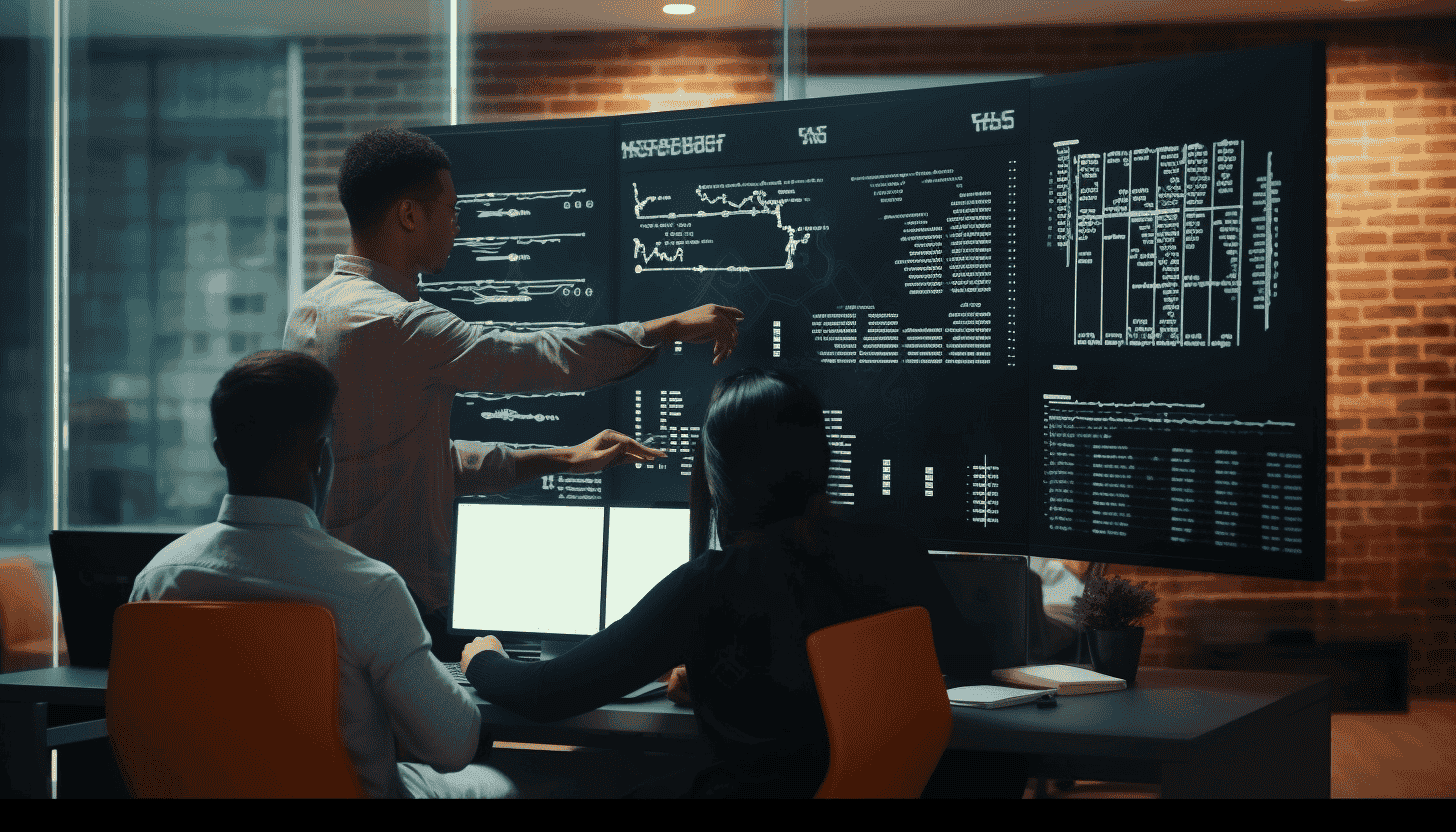
Valuable Stats & Data – The McKinsey report notes that 72 % of organizations use AI in at least one business function. Companies that invest early in transfer learning often capture market share by launching AI‑enabled products faster.
Expert Commentary – Gartner’s “Hype Cycle for Artificial Intelligence, 2024” predicts that transfer learning will reach “mainstream adoption” within two years as more cloud providers offer pre‑trained models and fine‑tuning services. Leading firms caution that success requires cross‑functional collaboration between data scientists, subject matter experts and legal/compliance teams.
Transfer learning offers a compelling return on investment. Projects cost significantly less, require less data and deliver results within weeks instead of months. Organizations that adopt transfer learning can innovate faster, reduce risk and maintain competitive advantage.
Many industries are constrained by data availability and computational resources, and are in search of new ways to execute old tasks. Against this backdrop, transfer learning has a wide range of applications.
These sectors can benefit from swift model training and adaptation, as the tech can help various sectors leverage existing information to drive decision-making.
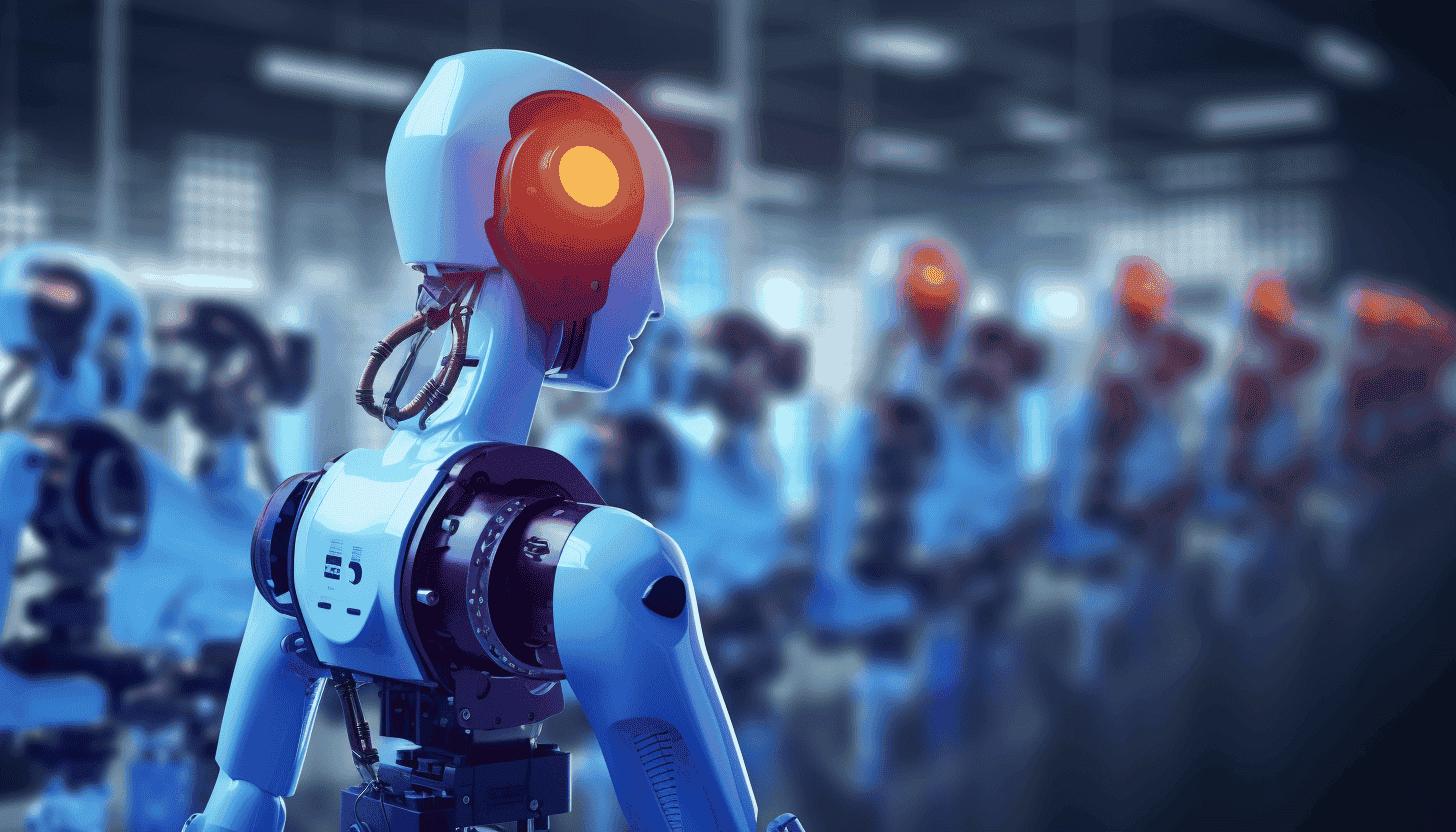
Here at Clarifai, by leveraging the power of transfer learning, we have provided solutions that reduce the barriers of entry for many businesses seeking the benefits of AI without high costs or lengthy development periods.
We recognize the value of transfer learning in optimizing and expediting the AI model training process. By harnessing pre-existing models and adapting them to specific tasks, we have effectively provided solutions across a multitude of sectors. These range from visual recognition tasks in retail, where product categorization is vital, to more complex tasks like detecting anomalies in security footage.
Understanding the growing concerns surrounding data privacy, we ensure that all applications involving transfer learning uphold the highest standards of data protection. The models are designed to extract generalized knowledge without retaining specific, sensitive details from the source data. In addition, the company maintains a strong commitment to ethical AI, constantly refining models to minimize bias and ensure fairness in predictions.
For businesses and individuals eager to delve deeper into the world of AI and transfer learning, we offer a wealth of resources. Whether you're just beginning your journey or seeking advanced insights, our dedicated platforms, webinars, and newsletters provide valuable information to guide you.
If you're looking to scale and deploy custom models, open-source models, or third-party models, Clarifai’s Compute Orchestration lets you deploy AI workloads on your dedicated cloud compute or within your own VPCs, on-premise, hybrid, or edge environments from a unified control plane without vendor lock-in. Checkout Compute Orchestration.
© 2023 Clarifai, Inc. Terms of Service Content TakedownPrivacy Policy






© 2023 Clarifai, Inc. Terms of Service Content TakedownPrivacy Policy